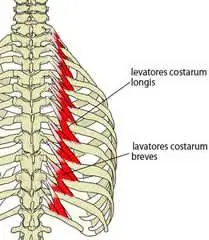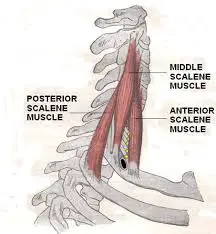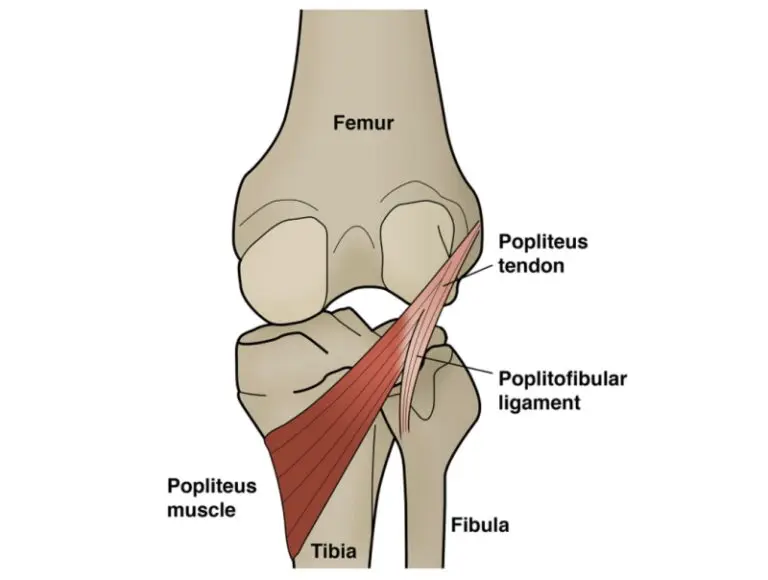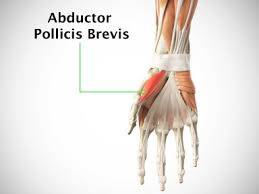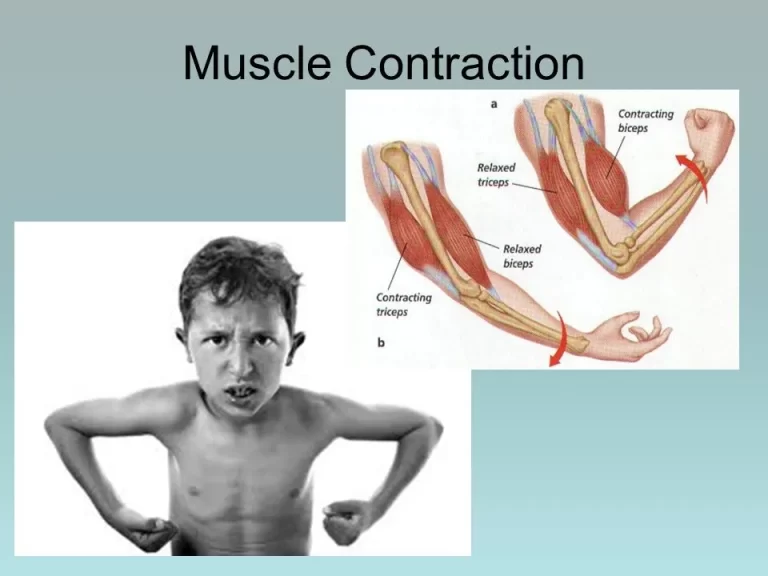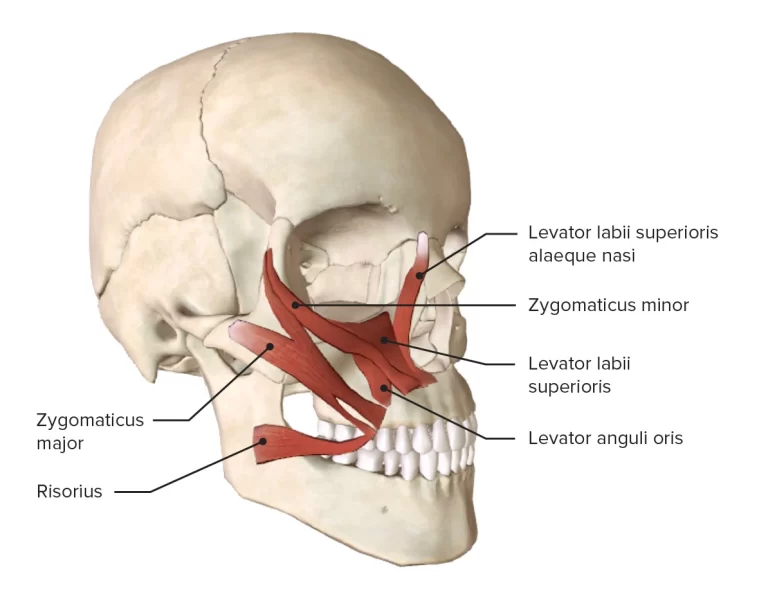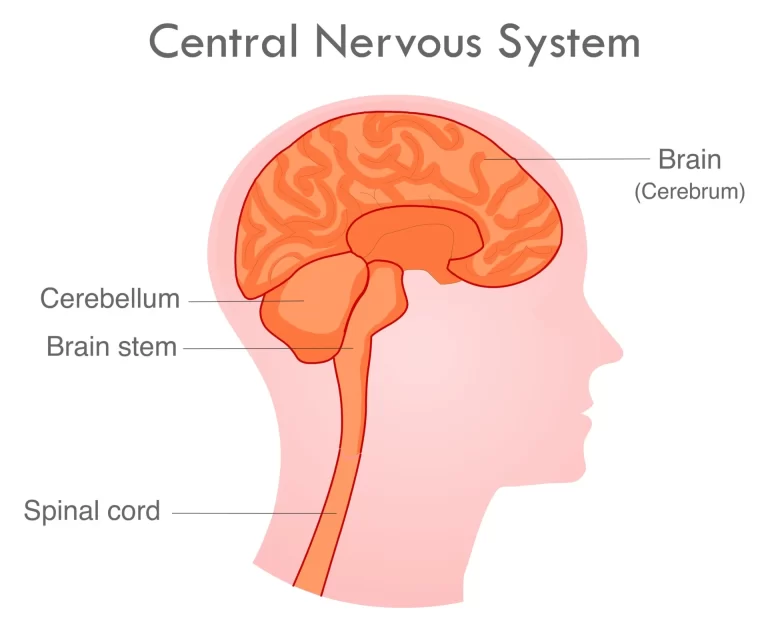Levatores Costarum Muscles: Anatomy, Origin, Insertion, Function
Levatores Costarum Muscles Anatomy
Levatores costarum muscles is a twelve in number on either side, are small tendinous and fleshy bundles, which arise from the ends of the transverse processes of the seventh cervical and upper eleven thoracic vertebrae.
It is located on either side of the posterior aspect of the thoracic vertebra they go down adjacent to the spine, starting from the thoracic region from C7 to T12 vertebral levels.
Origin:
Transverse processes of C7 to T11 vertebrae.
Insertion:
Superior surfaces of the ribs immediately inferior to the preceding vertebrae.
More precisely, the apex of the corresponding vertebra’s transverse processes (C7-T11) is where the muscle bundle originates. Then, between the costal angle and the rib tubercle, it proceeds obliquely in an inferolateral direction to insert into the external face of the superior border of the rib. The muscles are shaped like a triangle, with the base at the insertion and the apex pointing in the direction of the origin.
From origin to insertion, the upper eight muscles (on each side) move as single muscular bands. On the other hand, the lower four muscles divide into two fasciculi known as the levatores costarum breves and the levatores costarum longi. While the longer (longi) fascicle descends further to latch into the rib placed two levels below, the shorter (breve) fascicle travels from the muscles’ origin to attach to the rib positioned directly below.
Nerve Supply:
Dorsal rami C8-T11 (Intercostal nerves).
The lateral branches of the posterior rami of the spinal nerves (C8–T11) innervate the levatores costarum.
Blood supply:
Posterior intercostal artery
The levatores costarum muscles receive oxygenated blood via the dorsal branch of the posterior intercostal artery. The posterior intercostal artery runs along each rib’s bottom border and is a direct branch of the thoracic aorta.
Actions:
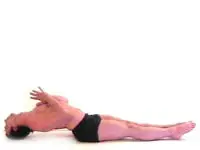
Assists in elevation of the thoracic rib cage. Levatores costarum muscle function is elevating the ribs, and helps in rotation and lateral flexion of the thoracic spine (vertebrae).
Relations
The rotatores thoracis muscle group is located lateral to the levatores costarum, which is located medial to the external intercostal muscles. It is situated deep to the thoracis and semispinalis cervicis muscles.
Important Facts of Levatores Costarum Muscles:
Along with the other intercostal muscles, serratus posterior superior and inferior and transversus thoracis muscle, they make the chest wall of intrinsic muscles. These group muscles worked together in forced respiration and may also help to prevent paradoxical breathing.
These group of muscles are also the deepest muscles located in the back, with the interspinales and intertransversarii muscles, forming the fourth layer.
FAQ
The paired posterior thoracic muscles are known as the levatores costarum, or levator costae. They join to the ribs below and the transverse processes of the C7 to T11 vertebrae, numbering twelve on each side, and aid in raising the ribs during breathing.
The deep back muscles known as the levatores costarum. They can also be thought of as a deep chest wall muscle group, consisting of 12 tiny paired muscles. Attachments: affixes to the rib below, emerging from the transverse processes of C7-T11.
Along with the deep muscles of the back, the levatores costarum are regarded as intrinsic muscles of the thoracic wall. The levatores costarum may be engaged in forced respiration in addition to the other thoracic muscles, which stop the thorax from moving inward during inspiration.
The lateral branch of the ramus dorsalis of the corresponding thoracic nerve innervates the levatores costarum. The lateral portion of the levator muscles of the second to fourth ribs is innervated by a separate branch of the r. muscularis proximalis of the intercostal nerves 1-3.

